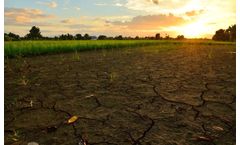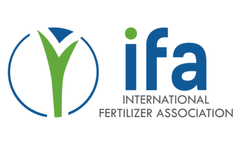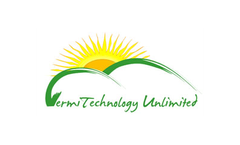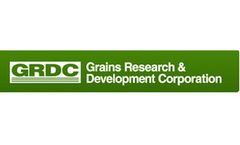Nutrient Input Articles & Analysis
9 news found
Does going to the extreme in fertilizer application overcome yield limitations? When it comes to plant development and yield, imbalance is more likely to threaten soil health, production and your pocketbook. Instead, achieving nutrient balance is crucial to crop success. With that in mind, we reflect on the often-perceived conflicting theories – Liebig’s Law of Minimum and ...
He believes that AI-driven discovery, combined with lab-based research, can unlock the potential of naturally sourced nutrients in a way that was previously unattainable. “Are we able to do that without AI? ...
Also calling for closer cooperation with the fertilizer sector, Jacqueline Alvarez, Head of the Knowledge and Risk Unit, Chemicals and Health Branch, Economy Division at UNEP, recognized the importance of 4R Nutrient Stewardship for handling nutrient inputs and highlighted the rapid growth in fertilizer use in Asia and digitalization using soil ...
Healthy soils lead to: Increased Production – Healthy soils typically have more organic matter and soil organisms which improve soil structure, aeration, water retention, drainage and nutrient availability. Organic matter holds more nutrients in the soil until the plants need them. Increased Profits – Healthy soils may require fewer passes over ...
“Additionally, a recent study found that increase in future rainfall in the Sahel, a region where the soil generally receives little nutrient input and is over-exploited, causes nutrient leaching, and hence induces nitrogen stress. ...
The BMVBS report on the research project FE 84-0102- "Untersuchung und Bewertung von straßenverkehrsbedingten Nährstoffeinträgen in empfindliche Biotope" ("Analysis and evaluation of traffic—induced nutrient input into sensitive biotopes"), has been published as vol. 1099 in the series "Forschung Straßenbau und ...
He suggests that mapping the genomes of staple food cropssuch as yams, plantains and cassava, andselecting useful genetic traits, can both increase production and improve drought tolerance, disease resistance and nutrient content. Improving agricultural inputs and practices is also essential, he argues. ...
The project is about using soil moisture monitoring as a guide for making informed decisions in relation to crop nutrient inputs, crop yield potential and associated grain marketing decisions as well as optimising crop water use efficiency and yields. ...
However, the reductions are less effective in improving the condition of deeper offshore waters. Tougher measures to manage nutrient loads and prevent eutrophication are recommended. Reductions in nutrient levels in recent years are the result of the PARCOM recommendation of the OSPAR Commission1, signed in 1988. ...









